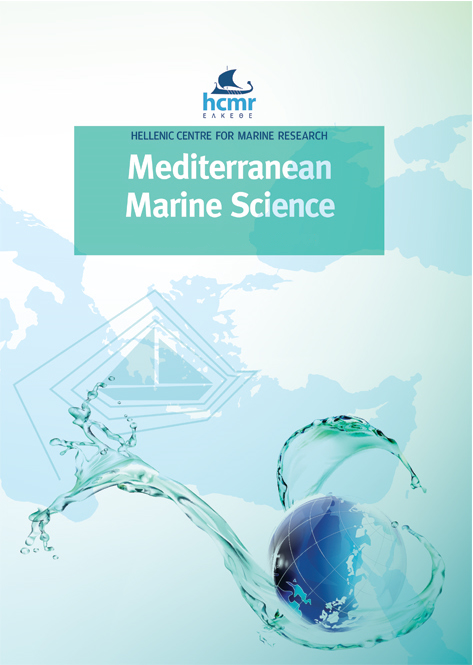Combining selection models and population structures to inform fisheries management: a case study on hake in the Mediterranean bottom trawl fishery
Résumé
The reduction of juvenile catch and discards are important targets in fisheries policy. This work examines how selection models can predict the size structure (LFD) of discards and landings considering the effects of area, time period, gear and fisher behaviour. Additional exploitation indicators related to the gear used, fisher's selection pattern, and discards were also estimated. The approach is demonstrated in a study concerning hake in the Mediterranean trawl fishery, focusing on high (HRA) and low (LRA) recruitment areas in the Saronikos Gulf (Eastern Mediterranean) during two periods (June, September) using two codends (40 mm square-40S, 50 mm diamond-50D mesh). The predicted discards LFDs revealed generally higher percentages in the HRA in June when using the 50D. The predicted landings LFDs showed higher percentages in the LRA in September for both codends, but undersized hake were always included. LFDs and exploitation indicators indicated that both codends were inappropriate for sustainable fishing of hake in the HRA, where 50D performed worse than the 40S. Fishing with both codends in the LRA in September revealed the lowest discards rates and minimum sizes of landings close to MCRS (minimum conservation reference size). These results can provide information to fisheries management aiming to protect juveniles and reduce discards through spatio-temporal fishing closures.
Article Details
- Comment citer
-
MYTILINEOU, C., HERRMANN, B., KAVADAS, S., SMITH, C. J., & MEGALOFONOU, P. (2020). Combining selection models and population structures to inform fisheries management: a case study on hake in the Mediterranean bottom trawl fishery. Mediterranean Marine Science, 21(2), 360–371. https://doi.org/10.12681/mms.22191
- Numéro
- Vol. 21 No 2 (2020)
- Rubrique
- Research Article
Authors who publish with this journal agree to the following terms:
- Authors retain copyright and grant the journal right of first publication with the work simultaneously licensed under a Creative Commons Attribution Non-Commercial License that allows others to share the work with an acknowledgement of the work's authorship and initial publication in this journal.
- Authors are able to enter into separate, additional contractual arrangements for the non-exclusive distribution of the journal's published version of the work (e.g. post it to an institutional repository or publish it in a book), with an acknowledgement of its initial publication in this journal.
- Authors are permitted and encouraged to post their work online (preferably in institutional repositories or on their website) prior to and during the submission process, as it can lead to productive exchanges, as well as earlier and greater citation of published work (See The Effect of Open Access).










